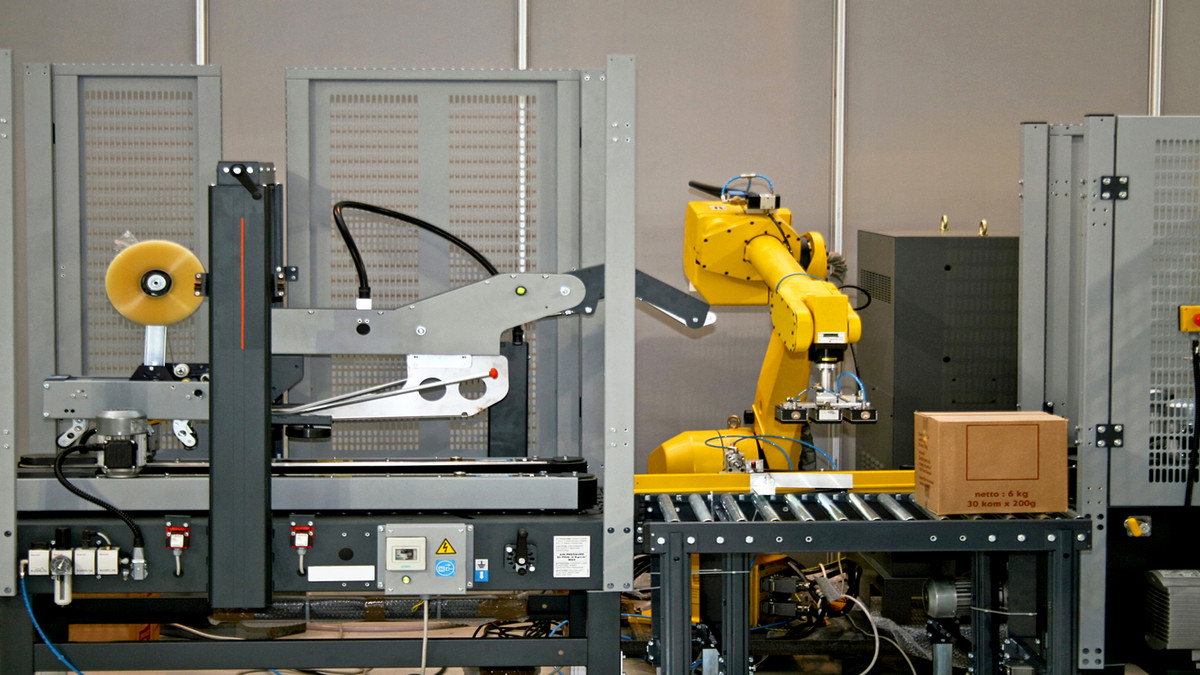A hydraulic press is a machine that uses hydraulic pressure to process metal, plastic, rubber, wood, powder, and other products. It is commonly used in pressing processes and press forming processes.
What Is a Hydraulic Press?
A hydraulic press is a machine that uses a relatively small hydraulic piston to press on a liquid and transfer the compressive force to another piston with a larger area, generating a correspondingly larger mechanical force. The hydraulic press is generally composed of three parts: the main piston, the power system, and the hydraulic control system. Hydraulic presses are classified into valve hydraulic presses, liquid hydraulic presses, and engineering hydraulic presses. In addition to forging and forming, hydraulic presses can also be used for straightening, pressing, packing, pressing blocks, and pressing plates.
The Function of the Hydraulic Press
Hydraulic Presses are suitable for bending, forming, flanging, and other pressing processes. They can also be used for punching and blanking processes. They are often used in the shipbuilding industry, pressure vessel industry, chemical industry, and other industries.
The total pressure generated by a hydraulic press is large and is often used in forging and stamping. Forging hydraulic presses are divided into die forging hydraulic presses and free forging hydraulic presses. Die forging hydraulic presses use molds, while free forging hydraulic presses do not use molds.
The Working Principle of the Hydraulic Press
The basic principle of a hydraulic system is to transmit a force from one point to another through an incompressible liquid. Usually, oil is used as a liquid medium. The process is usually used to increase the force to be applied. Using oil or other liquids, the pressure is transmitted through the liquid. The compressibility of liquids is generally very small, so in hydrostatics, liquids are considered incompressible. In incompressible static liquids, the effect of external force at any point will be instantly transmitted to all points of the liquid.
The specifications of hydraulic presses are generally expressed in terms of nominal working force or nominal tonnage.
Types of Presses
- Classification by principle: Hydraulic press, mechanical press, pneumatic press.
- Classification by function: Forging press, punching machine, pressure bending machine, etc.
- Classification by structure: Knuckle-joint press, screw press, etc.
- Classification by control: Traditional presses and servo presses.
Working Medium of the Hydraulic Press
The function of the liquid used by the hydraulic press is not only to transmit pressure but also to ensure that the working parts of the machine are reliable and non-corrosive. The hydraulic press initially used water as the working medium, and later switched to an emulsion made by adding a small amount of emulsified oil to the water to increase lubricity and reduce rust.
Fluid used for a hydraulic press should:
- Have suitable fluidity and low compressibility to improve transmission efficiency.
- Be able to prevent rust.
- Have good lubricating properties.
- Be easy to seal.
- Give stable and long-term work performance without deterioration.
The Structure of the Hydraulic Press
The two types of drive systems of hydraulic presses mainly include pump direct drive and pump-accumulator drive. In the pump direct drive type, the pump directly drives the system to provide high-pressure working liquid to the hydraulic cylinder. A distribution valve is used to change the direction of liquid supply, and a relief valve is used to adjust the limited pressure of the system and act as a safety relief. This kind of drive system has a simple structure and pressure can be automatically increased or decreased according to the required working force, reducing the power consumption. However, the capacity of the pump and its driving motor is limited by the maximum working force and maximum working speed of the hydraulic press. This type of drive system is mostly used in small and medium-sized hydraulic presses, as well as large-scale free forging hydraulic presses directly driven by pumps.
- Hydraulic presses are mainly divided into four-column type, single-column type (C type), horizontal type, vertical frame, and universal hydraulic presses.
- According to their use, they are mainly divided into metal forming, bending, stretching, punching, powder (metal, non-metal) forming, press-fitting, and extrusion.
Process Advantages of the Hydraulic Press for Hydroforming
Hydroforming, also known as internal high-pressure forming, is a process where ultra-high-pressure liquid is pressed against a metal blank in a mold, forcing the metal into the shape of the inner wall of the mold cavity.
Compared with traditional stamping processes, the hydroforming process has obvious technical and economic advantages in reducing weight, reducing the number of parts and molds, improving stiffness and strength, and reducing production costs. It has been widely used in many industrial fields, and is being used more and more in the automotive industry.
In the automotive, aviation, aerospace, and other industries, reducing structural mass to save energy during operation is a major goal being pursued. Hydroforming is an emerging trend in manufacturing technology and is being used more and more for the advanced forming of lightweight structures.







.png)






